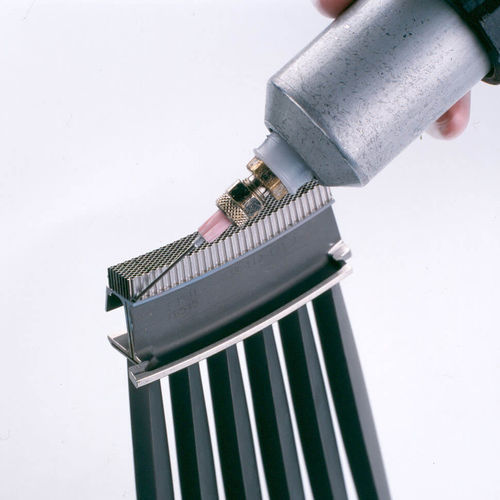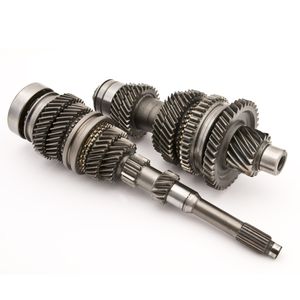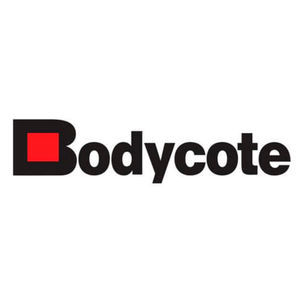
- Products
- Furnace brazing
- Bodycote

- Products
- Catalogs
- News & Trends
- Exhibitions
Furnace brazing stainless steeltitaniumnickel
Add to favorites
Compare this product
Characteristics
- Other characteristics
- furnace
- Material
- copper, nickel, aluminum, titanium, stainless steel
- Applications
- offshore
- Certifications
- ISO 9001, ISO 14001, ISO/TS 16949, OHSAS 18001
Description
Furnace brazing is a semi-automated process by which metal components are joined using a dissimilar lower filler metal. Furnace brazing allows design and manufacturing engineers to join simple or complex designs of one joint or multi-joint assemblies.
One of the most common forms of furnace brazing is accomplished in a vacuum furnace and referred to as vacuum brazing. Parts to be joined are cleaned, brazing filler metal applied to the surfaces to be joined, then placed into the furnace. The entire assembly is brought to brazing temperature, after the furnace has been evacuated of air, to eliminate any oxidation or contamination occurring as the braze filler metal melts and flows into the joints.
Benefits
-Cost effective process
-Reproducible high integrity metal joining process
-Allows the joining of unweldable, dissimilar and non-metallic materials
-Brazing provides design and manufacturing engineers an opportunity to join simple as well as complex designs with one joint or several hundred joints
Application & materials
Applications include:
-Aerospace components
-Industrial gas turbine components
-Medical, scientific and general engineering components
-Automotive components
-Space applications
-Electronic devices
-Nuclear components
-Offshore & petrochemical components
Furnace brazing offers the flexibility to join a wide range of metals such as nickel based alloys, stainless steels, carbon and alloy steels. Other non-ferrous materials can also be brazed including aluminium, titanium and copper.
Catalogs
No catalogs are available for this product.
See all of Bodycote‘s catalogsExhibitions
Meet this supplier at the following exhibition(s):

*Prices are pre-tax. They exclude delivery charges and customs duties and do not include additional charges for installation or activation options. Prices are indicative only and may vary by country, with changes to the cost of raw materials and exchange rates.








